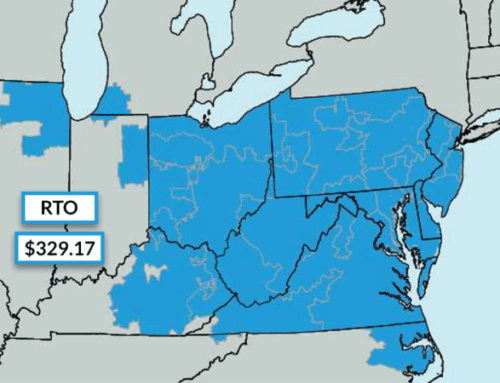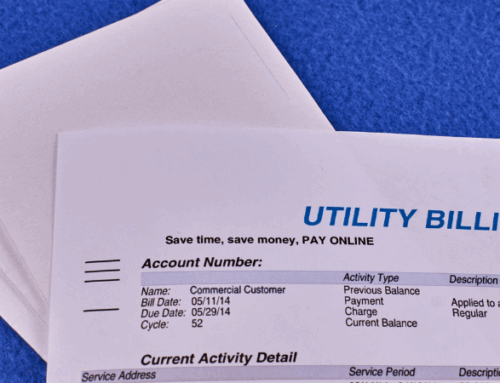In the volatile world of energy commodities, energy traders and producers alike constantly seek methods to hedge against market risk. The energy futures market, particularly for natural gas, offers a rich landscape for managing these risks. Calendar spreads, a strategy involving the simultaneous buying and selling of futures contracts for different delivery months, emerge as a powerful way to limit price risk. This article delves into the essence of energy futures calendar spreads and illustrates their practical application using natural gas as a case study.
Calendar Spreads For Managing Energy Market Risk
Calendar spreads, also known as time spreads, are an essential financial strategy for managing energy market risk in the trading of commodities like natural gas and electricity. By taking opposite positions in futures contracts with different delivery dates, traders can hedge against price fluctuations caused by seasonal demand changes, production rates, and other global energy market dynamics. This strategy leverages the price difference between contracts, known as the spread, which can widen or narrow based on supply and demand, speculative trading, and other market conditions.
Natural Gas Market Example
The natural gas market in North America lends itself to the use of calendar spread trading due to its seasonality. The demand for natural gas fluctuates significantly between the Winter withdrawal season (November to March) and the Summer injection season (April to October). During Winter, demand peaks due to heating, while Summer tends to see a decline in consumption. This seasonality creates opportunities for energy traders to use calendar spreads to manage price risk effectively. Let’s look at a real-life example below.
Physical Hedge Example
Consider a natural gas supplier who has committed to selling 100,000 MMBtu of natural gas for December 2024 delivery at Henry Hub, Louisiana, for $4.00 per MMBtu. To hedge the risk of potential future price fluctuations, the marketer buys an equivalent amount for June 2024 delivery at $3.75 per MMBtu, establishing a calendar spread of $0.25 per MMBtu. This supplier is long on June and short on December contracts.
The supplier can then use a natural gas storage facility to balance its position. By injecting the purchased gas in June and withdrawing it in December, the supplier incurs a total cost of $0.24 per MMBtu for storage and financing. Despite these costs, the trade yields a slight profit of $0.01 per MMBtu. This example demonstrates the viability of using physical storage as a hedge against calendar spread risk.
Financial Hedge Example
An alternative to physical hedging involves using financial instruments, or futures contracts. The same gas supplier could sell June futures contracts and buy December contracts at respective prices of $4.00 and $3.75. This strategy effectively locks in a spread of $0.25 per MMBtu. By unwinding these positions, the marketer can achieve a profit if the same calendar spread is valued at a higher price at the time of unwinding.
How Retail Energy Brokers Can Take Advantage Of Futures Spreads
As a retail energy broker, you are far removed from the wholesale trading that happens behind the scenes at retail energy supply companies. However, paying attention to the futures market is a great way to renew your energy customers at better prices. Let’s assume that you have a customer who is under contract until December of 2024. Tracking the price of Calendar Year 2025 as it compares to your customer’s contract is a great method to spot a dip in the futures market. If for some reason the 2025 Cal Strip starts trading low, you can take advantage of this market dip by selling a future-dated energy supply contract to your customer. Your customer is happy because you managed their renewal with great detail and you get to lock in a customer for a longer period of time.
Want Help Understanding Energy Futures?
The energy futures market is complex and can be confusing for non-energy industry people. Our team of energy market experts continually monitors energy futures in order to find the best prices for our commercial and industrial customers. Contact us today to learn more about the futures market and how you can cut energy costs by taking advantage of futures spreads.



